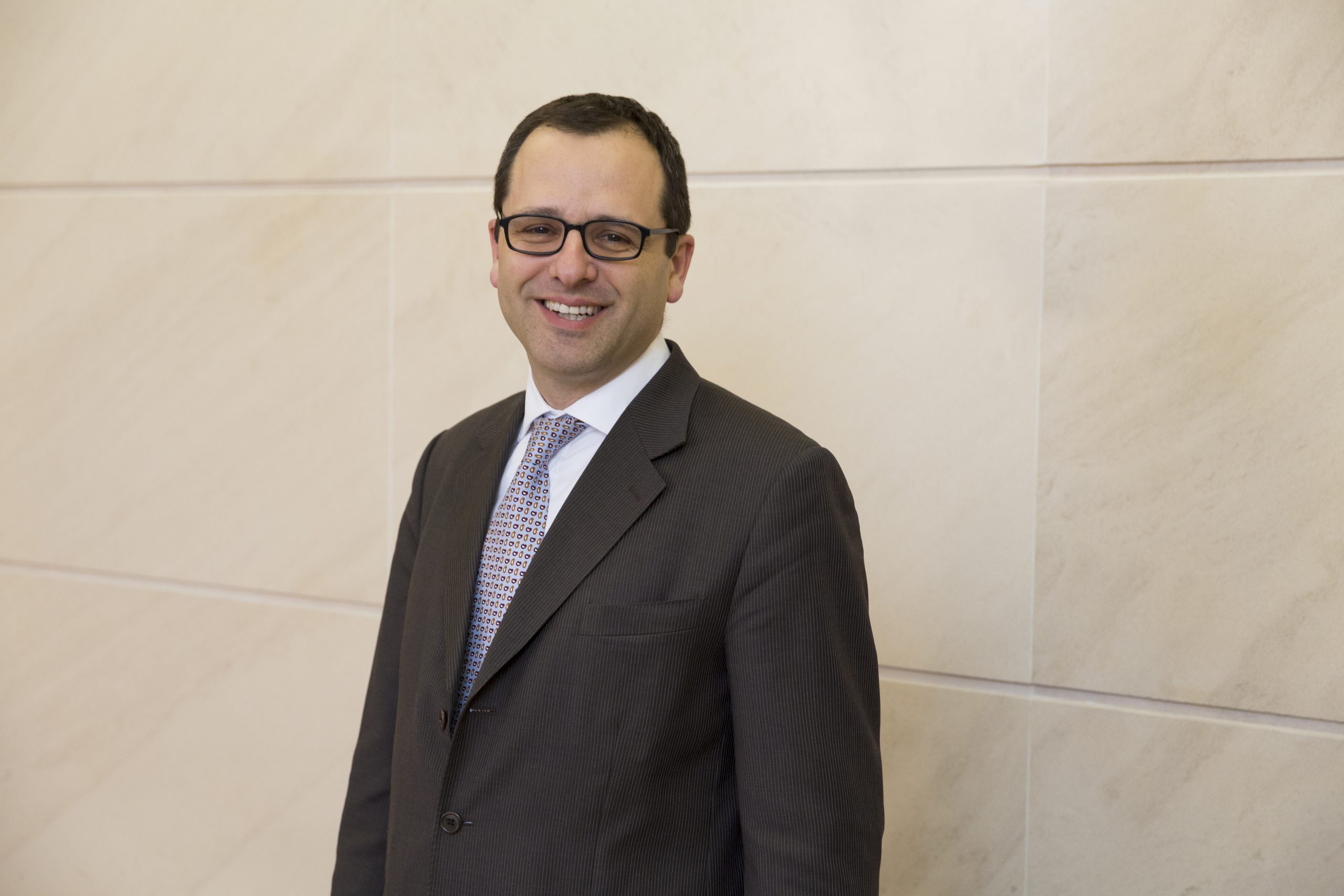Nuclear-to-solar-to-wind generator EDF Energy says it is on track to develop £4.5billion-worth of low carbon electricity-making assets in the UK this year.
In its 2023 UK update, the French-controlled transnational says the spend, part of a planned £50 billion commitment, maintains its status as Britain’s biggest generator of zero carbon electricity.
That title was enhanced earlier in 2023 when, EDF says, the carbon intensity of all its power at point of generation reached 0g CO2/MWh.
Best presented, that means EDF in the UK now only generates zero carbon electricity.
But the claim neglects the high carbon cost of capital inputs such as cement & materials used in constructing Hinkley C and renovating other plants.
In its report EDF Energy says it helped UK customers avoid 0.5MtCo2 in 2022, by installing smart meters, EV chargers, heat pumps and solar panels. The company also funded more than 15,500 efficiency interventions under the ECO4 scheme, the latest phase of the venerable Energy Company Obligation.
This year’s 0.5MrO2 saving across its customer base is a 67% advance on 2021’s figure.
Three new solar farms each of 50MW, in Porth Wen, Sutton Bridge and Burwell are slated for completion this year.
EDF’s 450MW Neart na Gaoithe wind farm 30 km off the Firth of Forth has potential to supply around 375,000 Scottish homes by 2024.
The company finished building the 30MW West Benhar wind farm in Lanark this year. The 57 turbines of EDF Renewables’ 177MW farm in Dorenell, Moray, its biggest onshore farm in Europe, has provided power for around 106,000 homes since 2019.
The energy provider will continue its investment in nuclear by building a 3.2GW European Pressurised Water Reactor (EPR) at Hinkley Point C in Somerset. Europe’s most expensive power plant, now over £23 billion will not generate until June 2026 at the earliest.
Confirmed in November, EDF’s similar-sized 3.2GW EPR venture at Sizewell C on the Suffolk coast needs £ 679 million of government guarantees.
EDF says its decision to extend the life of the Heysham 1 (1.06GW) and Hartlepool (1.18GW) nuclear plants to 2026 will boost Britain’s energy security and Net Zero goals.
The report details how the energy provider has reduced its total carbon emissions by 17% compared to 12 months previously, driven by a 91% decrease in Scope 1 emissions, those under its direct control or ownership.
Scope 3 emissions, those in its value chain and for which EDF is indirectly responsible, represent 99% of total emissions.
Simone Rossi, EDF Energy CEO, pictured said: “Much has happened since we set out our purpose to help Britain to achieve Net Zero three years ago.
“Two years of energy crisis have been a stark reminder that progress to Net Zero must also deliver secure and affordable energy for homes and businesses.
“Action at scale and pace is needed”, Rossi went on. “At EDF we are unwavering in our commitment because we are clear what’s good for Net Zero is good for Britain’s energy security and protects customers from volatile energy prices.
“A just transition also creates massive economic opportunity for businesses and communities up and down the country”.
Read EDF’s 2023 progress update here.




